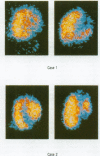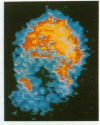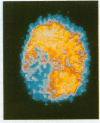Abstract
One hundred and eight patients with single and multiple vessel coronary artery disease confirmed by arteriography were evaluated by exercise thallium-201 (201Tl) myocardial scintigraphy to determine the scintigraphic appearances of specific coronary stenoses. In general proximal stenoses caused more widespread, but not necessarily more severe, myocardial tracer deficit than distal stenoses. In particular, proximal dominant right coronary artery disease was specifically associated with extensive inferior wall tracer deficit in the anterior scintigram, whereas proximal left circumflex disease caused similar tracer depletion best visualised in the left lateral scintigram. A triad of uptake defects was caused by left anterior descending coronary artery disease: viz. apical tracer deficit (anterior view) in 71% lesions, septal tracer deficit (left anterior oblique view) in 83% of lesions, and anterolateral wall tracer deficit (left lateral projection) in 72% of lesions. The last defect has been termed a 'diagonal window' because it was associated with independent disease of the main diagonal branch of the left anterior descending coronary artery or with disease in the main left anterior descending artery situated proximal to this branch. Diagonal window tracer deficit was the most useful scintigraphic sign distinguishing proximal from distal disease in the left anterior descending coronary artery. False negative scintigraphic defects occurred more commonly in patients with triple vessel disease and in association with well-developed coronary collateral vessels. Certain scintigraphic patterns of 201Tl myocardial accumulation appear invaluable in the noninvasive localisation of stenoses within specific coronary arteries and thus may be useful in predicting life-threatening coronary artery disease which should be confirmed by definite coronary arteriography. The digital 201Tl myocardial scintigram also provides an independent functional guide to the interpretation of coronary arteriograms and may be helpful in the planning of aortocoronary bypass graft surgery.
Full text
PDF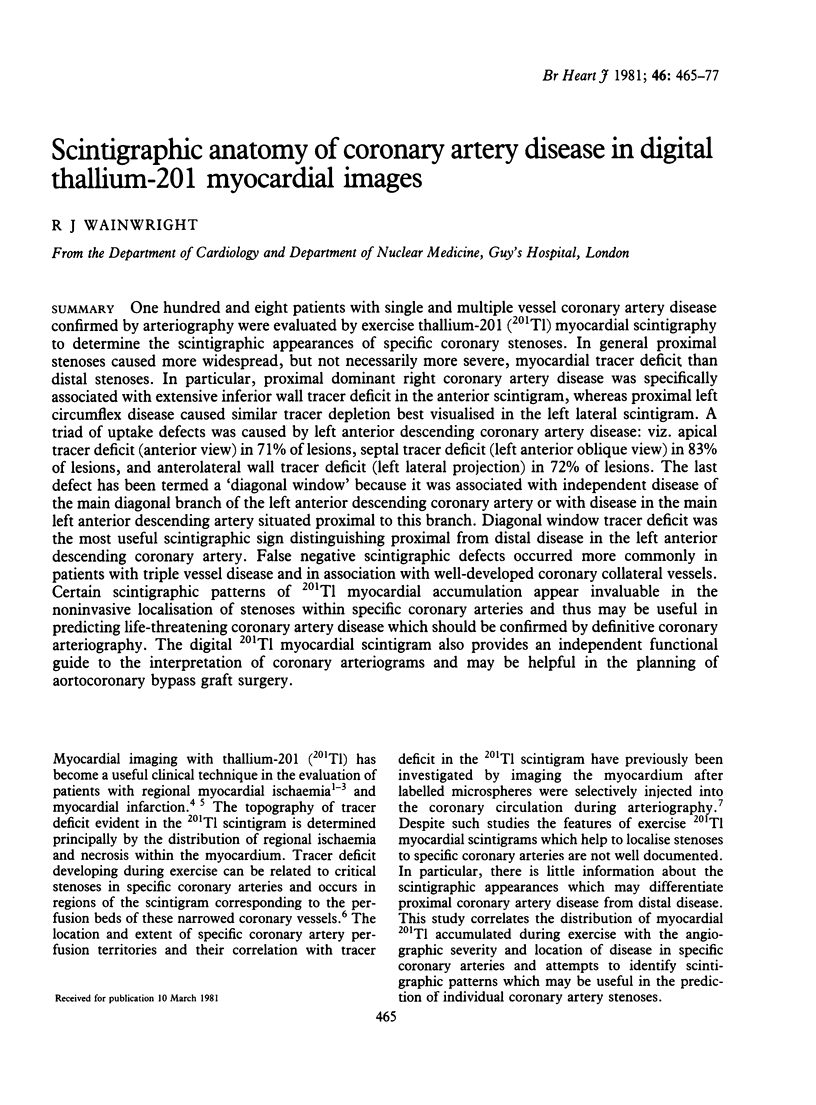

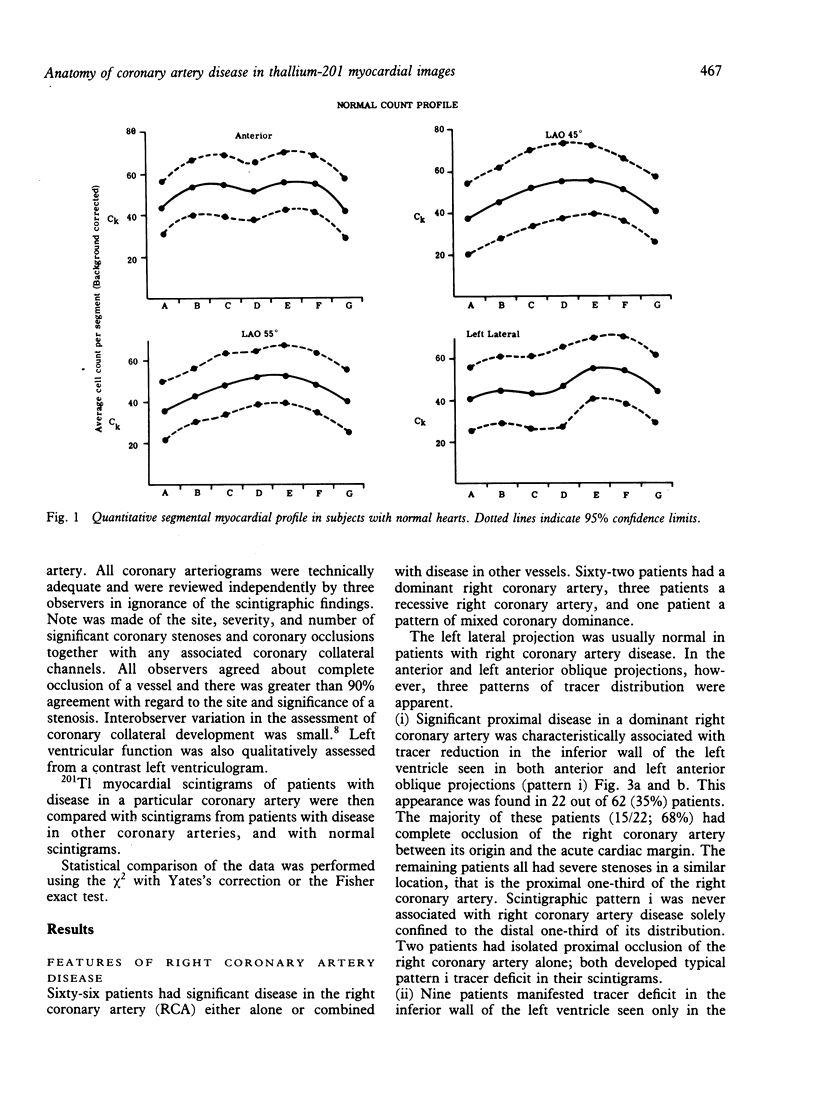
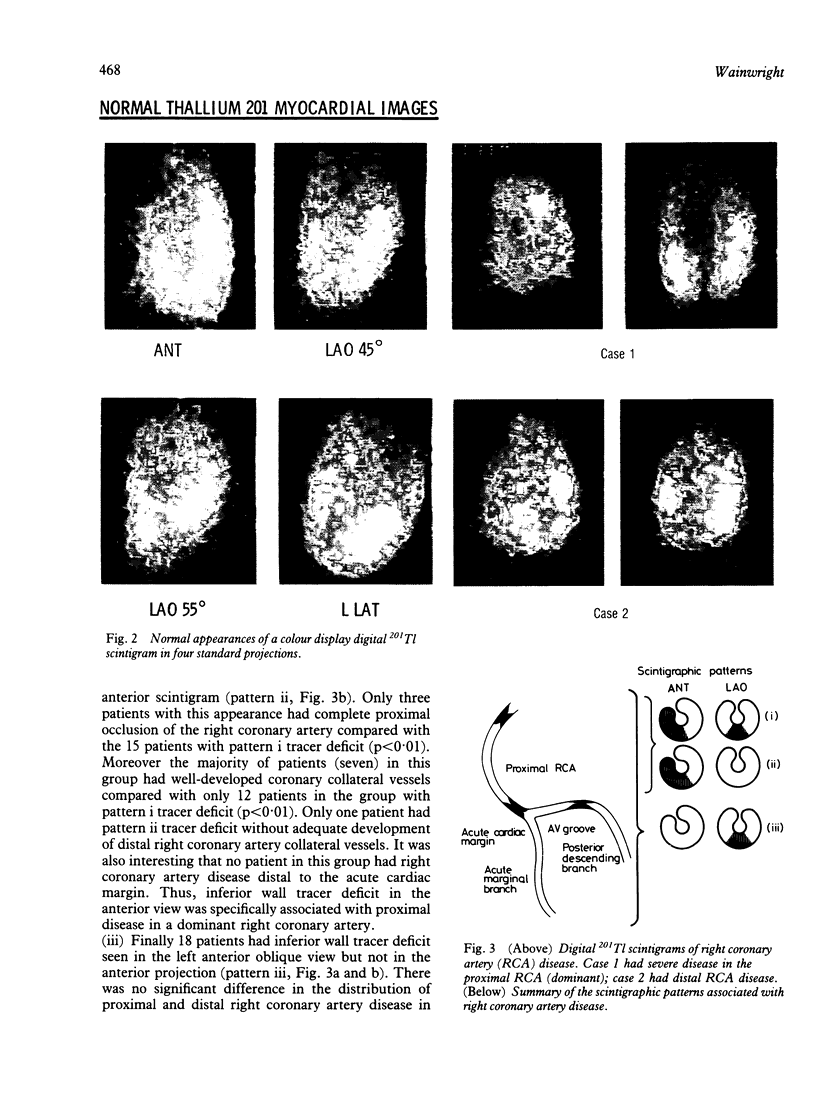
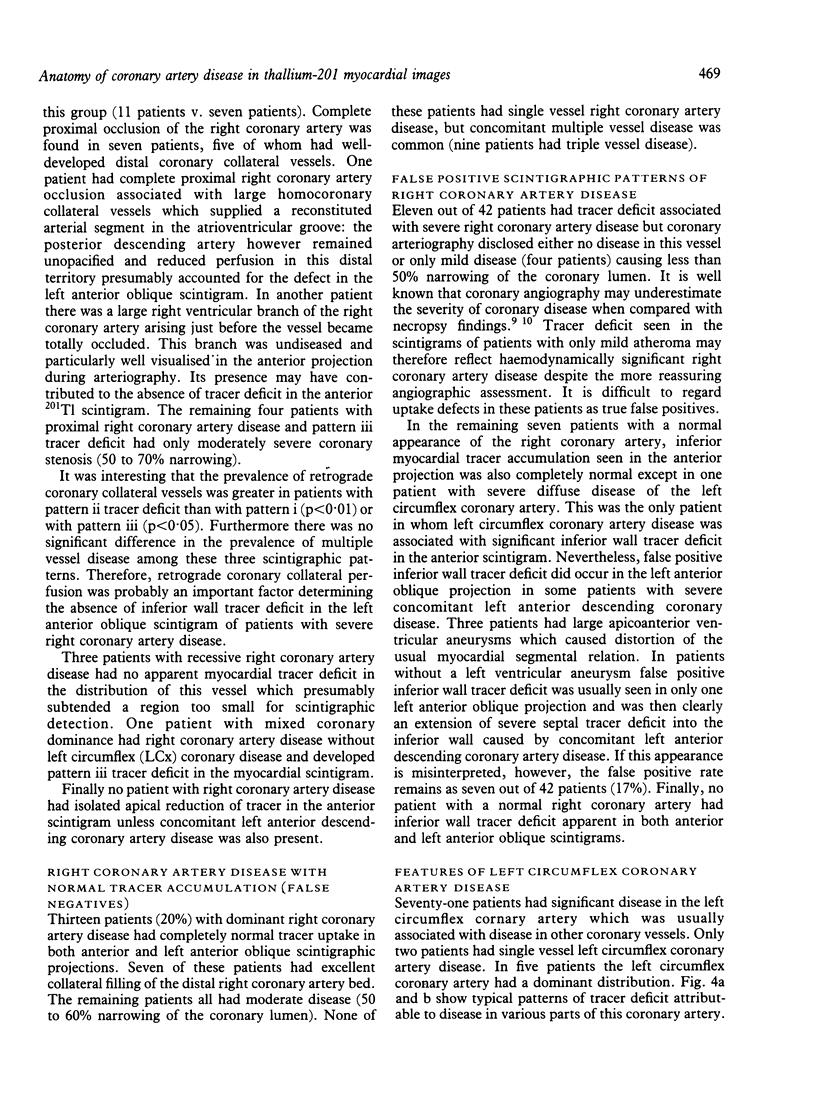
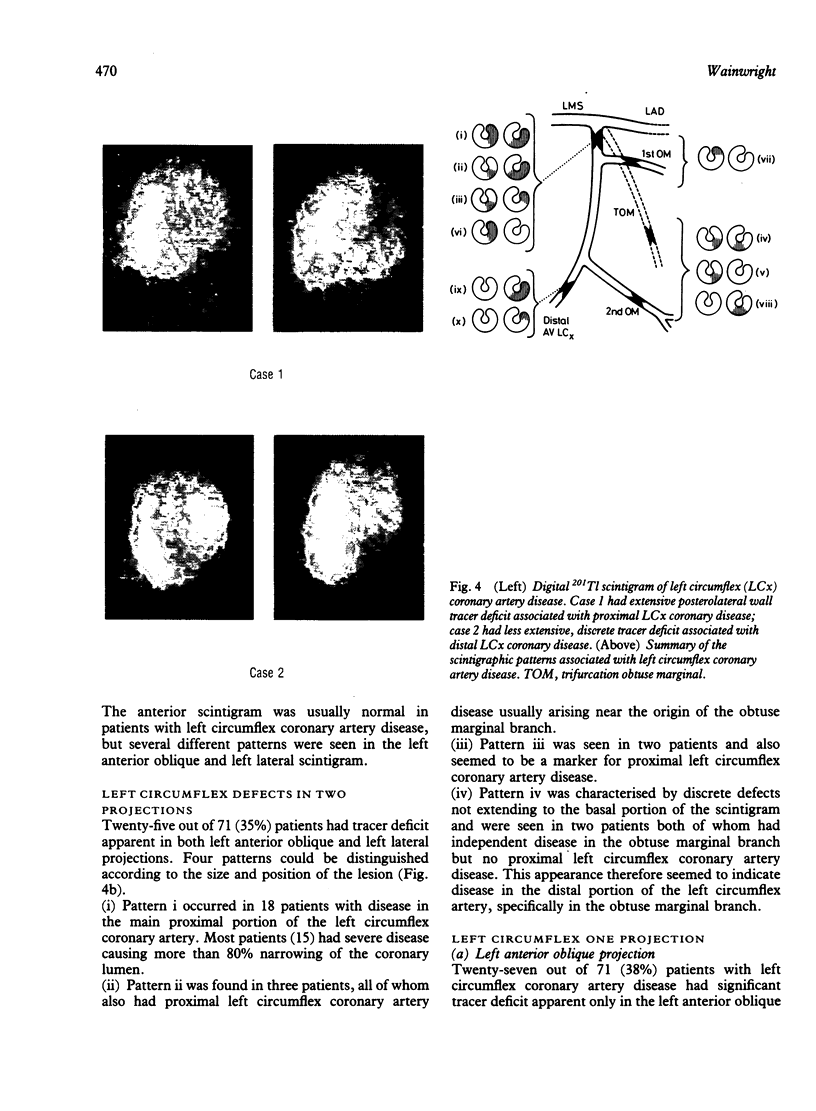
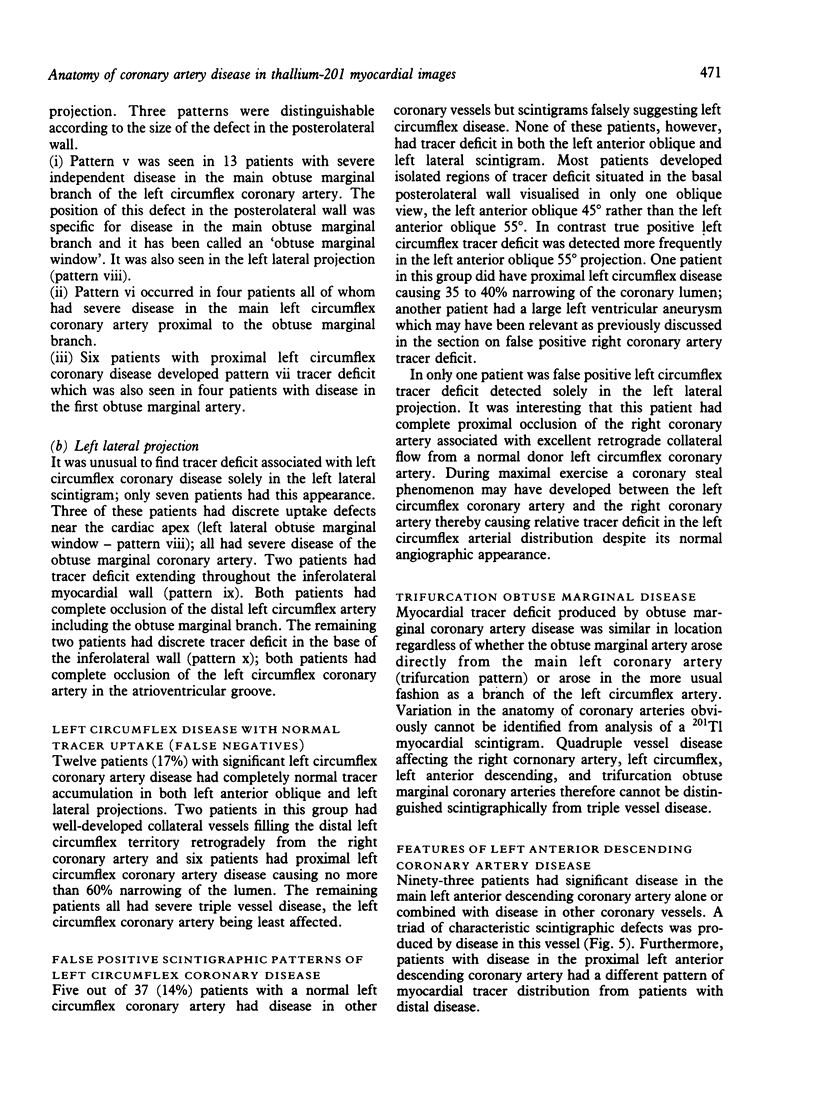
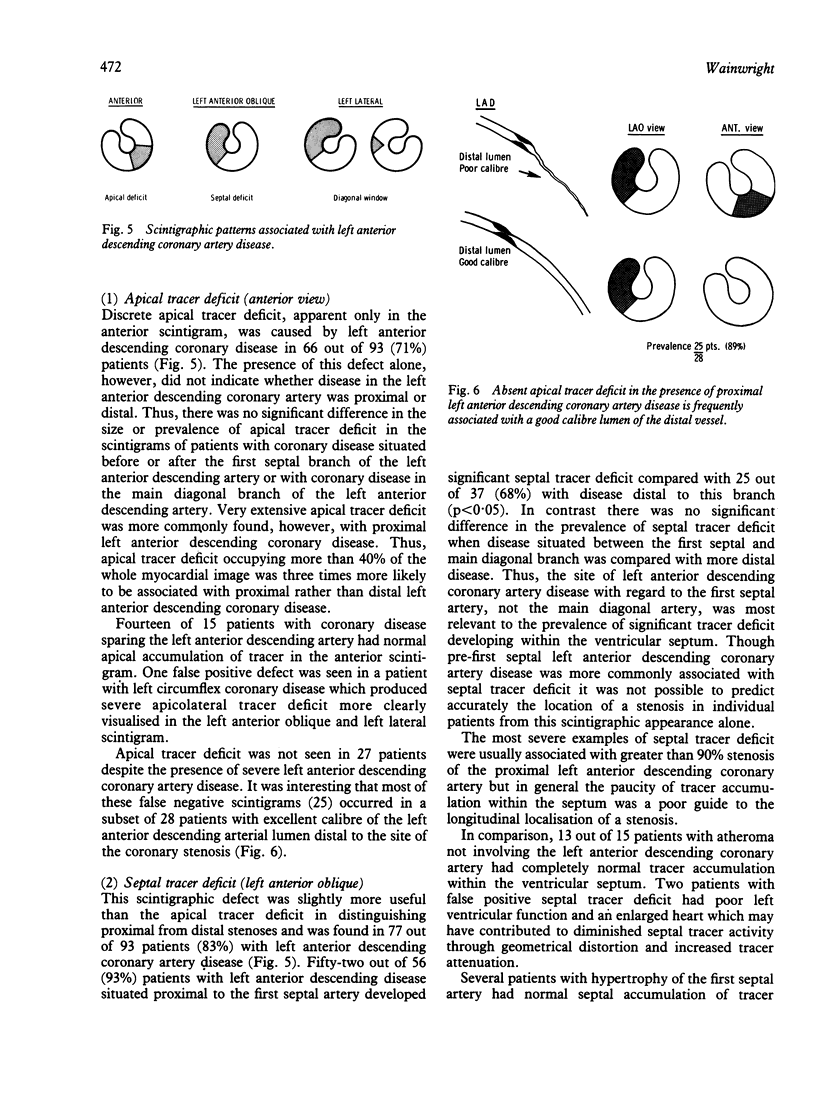

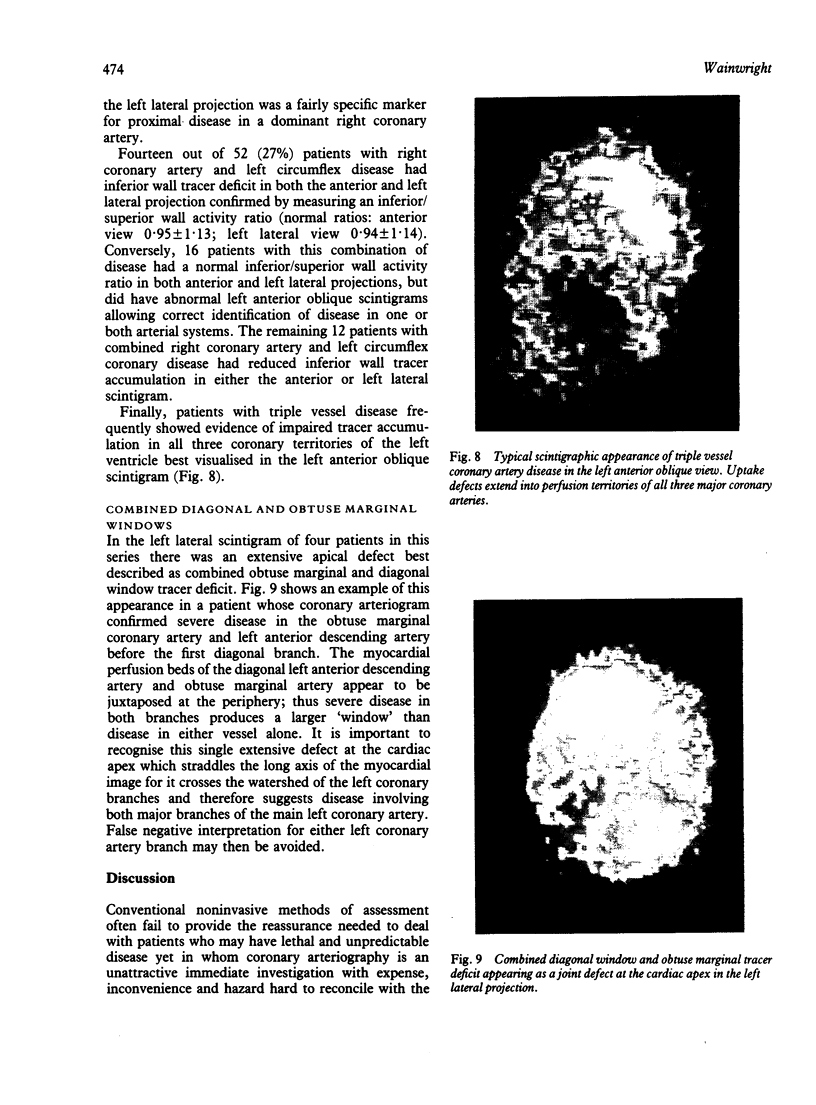
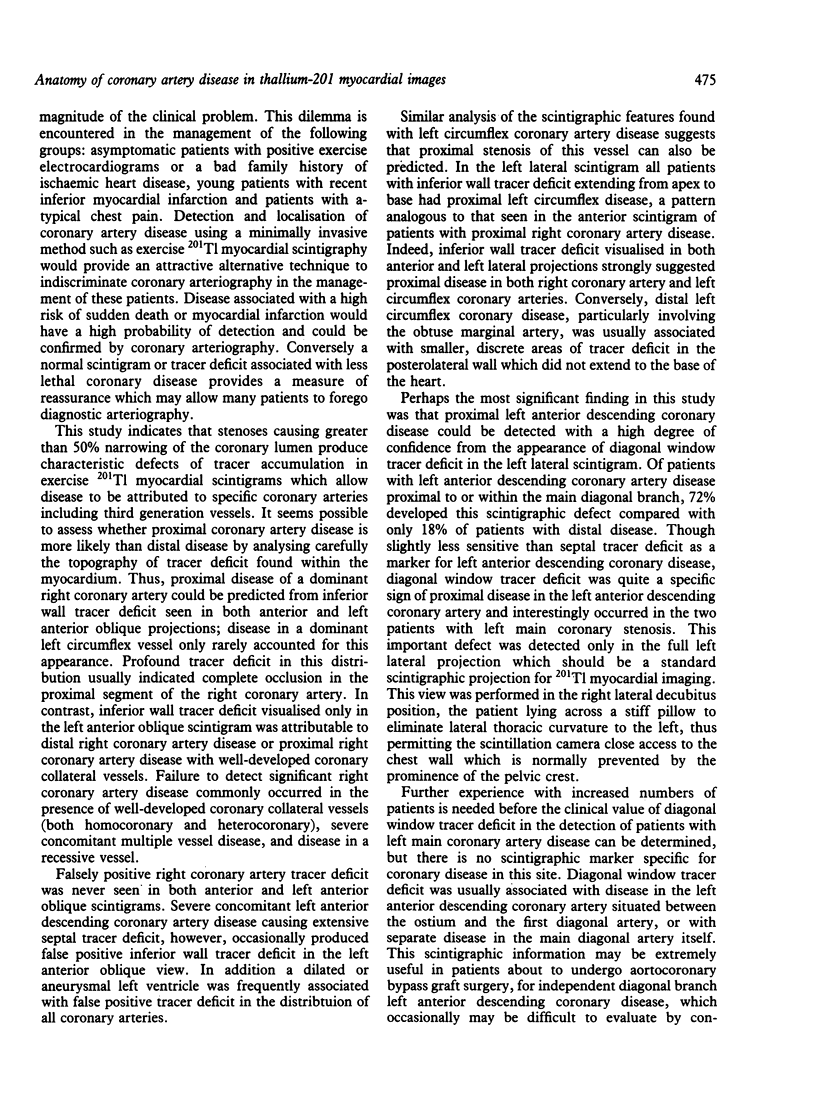
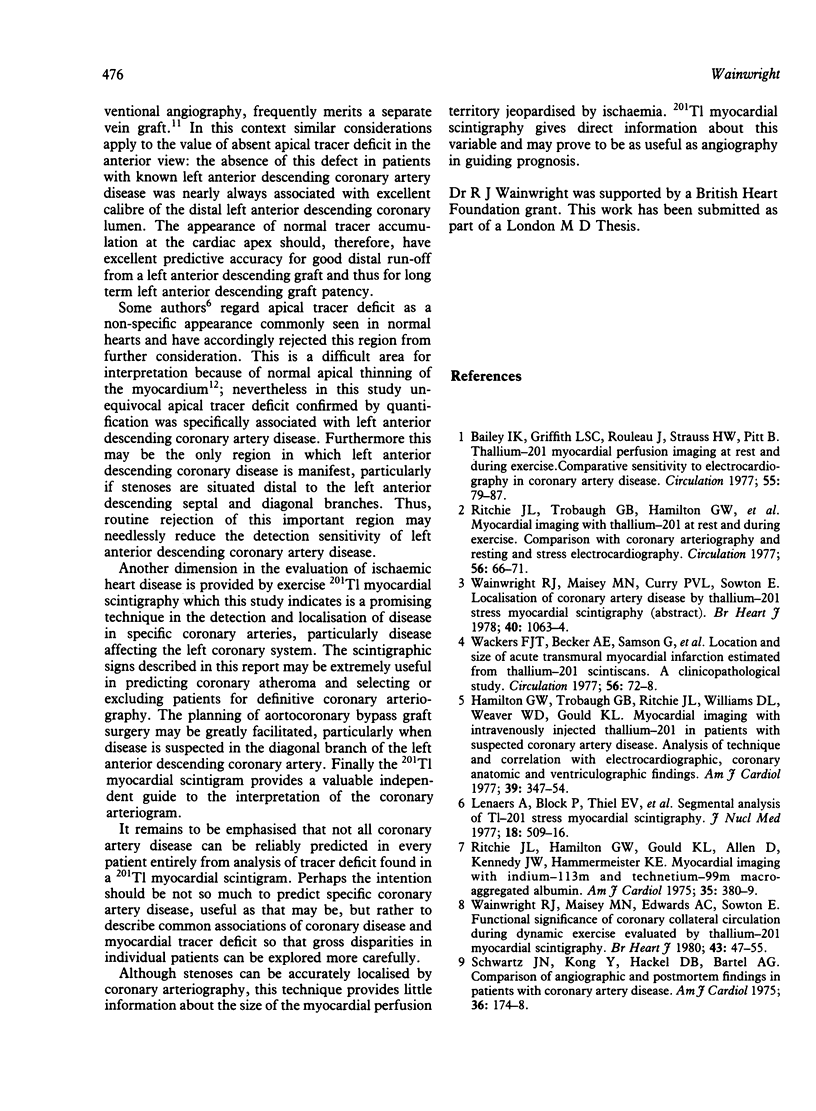

Images in this article
Selected References
These references are in PubMed. This may not be the complete list of references from this article.
- Bailey I. K., Griffith L. S., Rouleau J., Strauss W., Pitt B. Thallium-201 myocardial perfusion imaging at rest and during exercise. Comparative sensitivity to electrocardiography in coronary artery disease. Circulation. 1977 Jan;55(1):79–87. doi: 10.1161/01.cir.55.1.79. [DOI] [PubMed] [Google Scholar]
- Bradfield J. W., Beck G., Vecht R. J. Left ventricular apical thin point. Br Heart J. 1977 Jul;39(7):806–809. doi: 10.1136/hrt.39.7.806. [DOI] [PMC free article] [PubMed] [Google Scholar]
- Hamilton G. W., Trobaugh G. B., Ritchie J. L., Williams D. L., Weaver W. D., Gould K. L. Myocardial imaging with intravenously injected thallium-201 in patients with suspected coronary artery disease: analysis of technique and correlation with electrocardiographic, coronary anatomic and ventriculographic findings. Am J Cardiol. 1977 Mar;39(3):347–354. doi: 10.1016/s0002-9149(77)80087-8. [DOI] [PubMed] [Google Scholar]
- Hutchins G. M., Bulkley B. H., Ridolfi R. L., Griffith L. S., Lohr F. T., Piasio M. A. Correlation of coronary arteriograms and left ventriculograms with postmortem studies. Circulation. 1977 Jul;56(1):32–37. doi: 10.1161/01.cir.56.1.32. [DOI] [PubMed] [Google Scholar]
- Lenaers A., Block P., Thiel E. V., Lebedellr M., Becquevort P., Erbsmann F., Ermans A. Segmental analysis of Ti-201 stress myocardial scintigraphy. J Nucl Med. 1977 Jun;18(6):509–516. [PubMed] [Google Scholar]
- Ritchie J. L., Hamilton G. W., Gould K. L., Allen D., Kennedy J. W., Hammermeister K. E. Myocardial imaging with indium- 113m- and technetium-99m-macroaggregated albumin. New procedure for identification of stress-induced regional ischemia. Am J Cardiol. 1975 Mar;35(3):380–389. doi: 10.1016/0002-9149(75)90031-4. [DOI] [PubMed] [Google Scholar]
- Ritchie J. L., Trobaugh G. B., Hamilton G. W., Gould K. L., Narahara K. A., Murray J. A., Williams D. L. Myocardial imaging with thallium-201 at rest and during exercise. Comparison with coronary arteriography and resting and stress electrocardiography. Circulation. 1977 Jul;56(1):66–71. doi: 10.1161/01.cir.56.1.66. [DOI] [PubMed] [Google Scholar]
- Schwartz J. N., Kong Y., Hackel D. B., Bartel A. G. Comparison of angiographic and postmortem findings in patients with coronary artery disease. Am J Cardiol. 1975 Aug;36(2):174–178. doi: 10.1016/0002-9149(75)90522-6. [DOI] [PubMed] [Google Scholar]
- Wackers F. J., Becker A. E., Samson G., Sokole E. B., van der Schoot J. B., Vet A. J., Lie K. I., Durrer D., Wellens H. Location and size of acute transmural myocardial infarction estimated from thallium-201 scintiscans. A clinicopathological study. Circulation. 1977 Jul;56(1):72–78. doi: 10.1161/01.cir.56.1.72. [DOI] [PubMed] [Google Scholar]
- Wainwright R. J., Brennand-Roper D. A., Maisey M. N., Sowton E. Exercise thallium-201 myocardial scintigraphy in the follow-up of aortocoronary bypass graft surgery. Br Heart J. 1980 Jan;43(1):56–66. doi: 10.1136/hrt.43.1.56. [DOI] [PMC free article] [PubMed] [Google Scholar]
- Wainwright R. J., Maisey M. N., Edwards A. C., Sowton E. Functional significance of coronary collateral circulation during dynamic exercise evaluated by thallium-201 myocardial scintigraphy. Br Heart J. 1980 Jan;43(1):47–55. doi: 10.1136/hrt.43.1.47. [DOI] [PMC free article] [PubMed] [Google Scholar]




